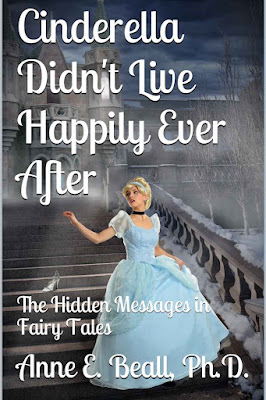Fascinating!
4 steloj
Cinderella Didn't Live Happily Ever After is an interesting survey of dozens of the famous Grimm's fairytales. It looks at how these stories portray their human characters and asks what lessons we subconsciously absorb from their lessons. As classic fairytales are often the first stories young children learn, they are immensely influential in shaping our views of the world we grow into. Anne Beall asks whether this is actually a good thing or not.
This book fascinated me. It is a fairly quick read which doesn't go into particularly deep sociological or psychological territory, but still has a lot of important ideas and revelations - the headline one being, of course, that based on the example of the majority of other fairytale queens Beall analysed, Cinderella was unlikely to have much of a 'happily ever after', at least not once her beauty faded and she stopped being a doormat!
Another …
Cinderella Didn't Live Happily Ever After is an interesting survey of dozens of the famous Grimm's fairytales. It looks at how these stories portray their human characters and asks what lessons we subconsciously absorb from their lessons. As classic fairytales are often the first stories young children learn, they are immensely influential in shaping our views of the world we grow into. Anne Beall asks whether this is actually a good thing or not.
This book fascinated me. It is a fairly quick read which doesn't go into particularly deep sociological or psychological territory, but still has a lot of important ideas and revelations - the headline one being, of course, that based on the example of the majority of other fairytale queens Beall analysed, Cinderella was unlikely to have much of a 'happily ever after', at least not once her beauty faded and she stopped being a doormat!
Another interesting idea Beall raises is the antiquity of many of our most favourite stories. I remember being surprised on reading Pearls On A Branch by Najla Jraissaty Khoury, a collection of Lebanese folk tales, to see several versions of stories I had previously thought were of German origin. It shows that fairytales are equally appreciated across the world with the same stories being used in various cultures to teach different moral lessons. As Beall herself asks, are these stories intended to influence our behaviour or to reflect how we already live? And are such old stories really still relevant for the way we live today?

